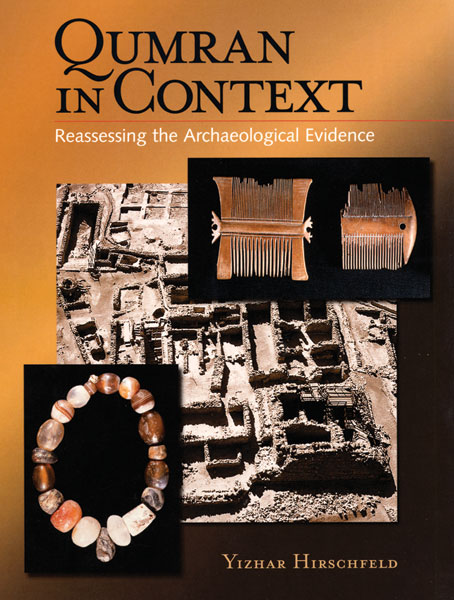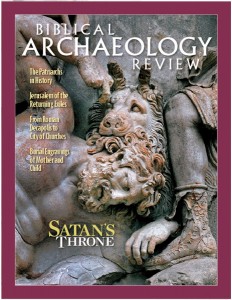
The answer should be clear. Why isn’t it?
On the face of it, there should be no problem with this holy triad: the archaeology of Qumran, the Dead Sea Scrolls and the Essenes. First, Qumran is in an arid desert; thus there is a good chance it is in a fine state of preservation. Indeed, the excavation of Qumran yielded an enormous amount of material (but no scrolls or scroll fragments). The site was thoroughly excavated by one of the best excavators of his time, Father Roland de Vaux. Second, a fabulous and unique collection of scrolls has been found in caves near the site. By now, the scrolls have all been read and published. No more secrets remain hidden in the scrolls. There is good reason to believe that at one time, the entire collection (or a part of it) belonged to a Jewish sect perhaps called Yahad (Hebrew “togetherness”), to which the scrolls make reference. Third, all the evidence demonstrates that the scrolls and the Hellenistic/Early Roman phases of occupation of Qumran are contemporaneous. And the Essenes, according to our sources, resided in this area at this particular time. Putting all these considerations together was a rational notion suggested at the onset of the excavation, and was accepted almost unequivocally by scholars; that is, Qumran was a center for the Essenes, who composed, copied and possessed most of the scrolls, finally hiding them in the nearby caves.
Already a library member? Log in here.
Institution user? Log in with your IP address.

